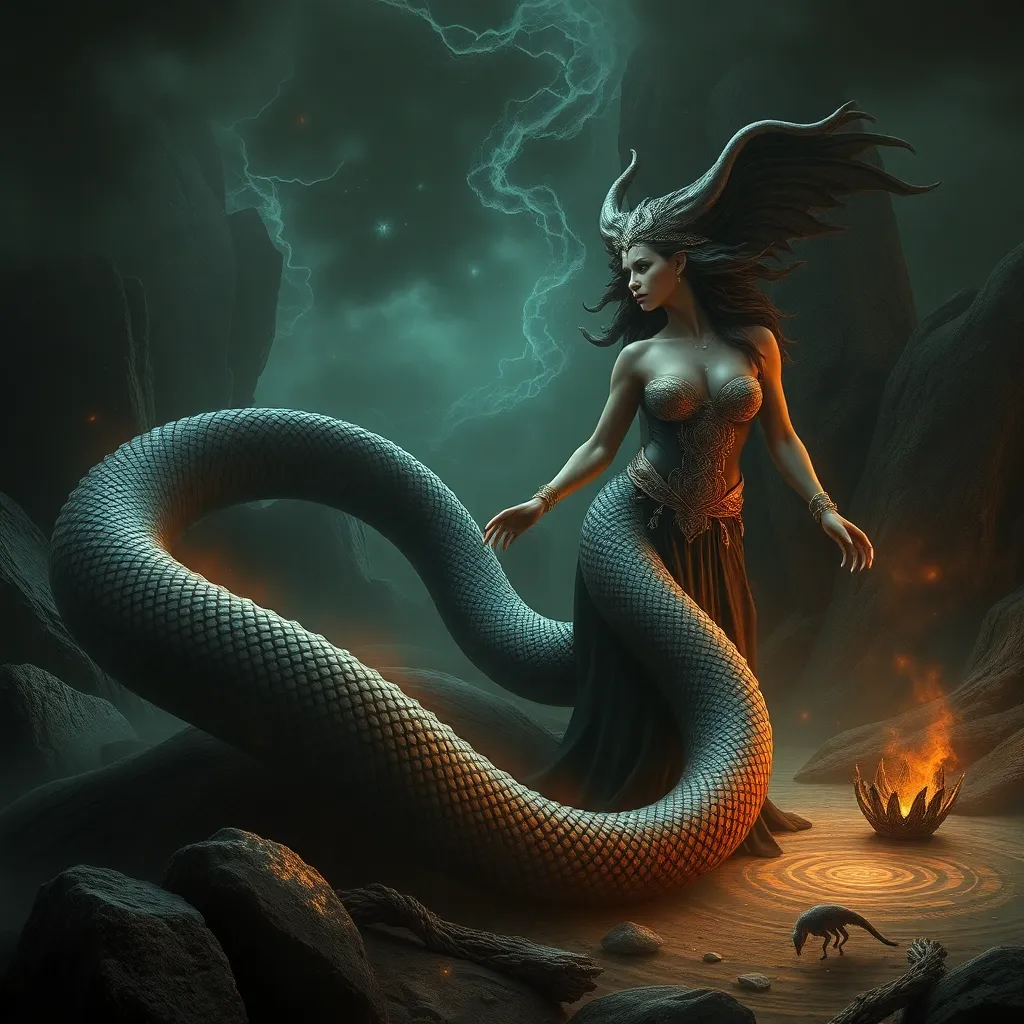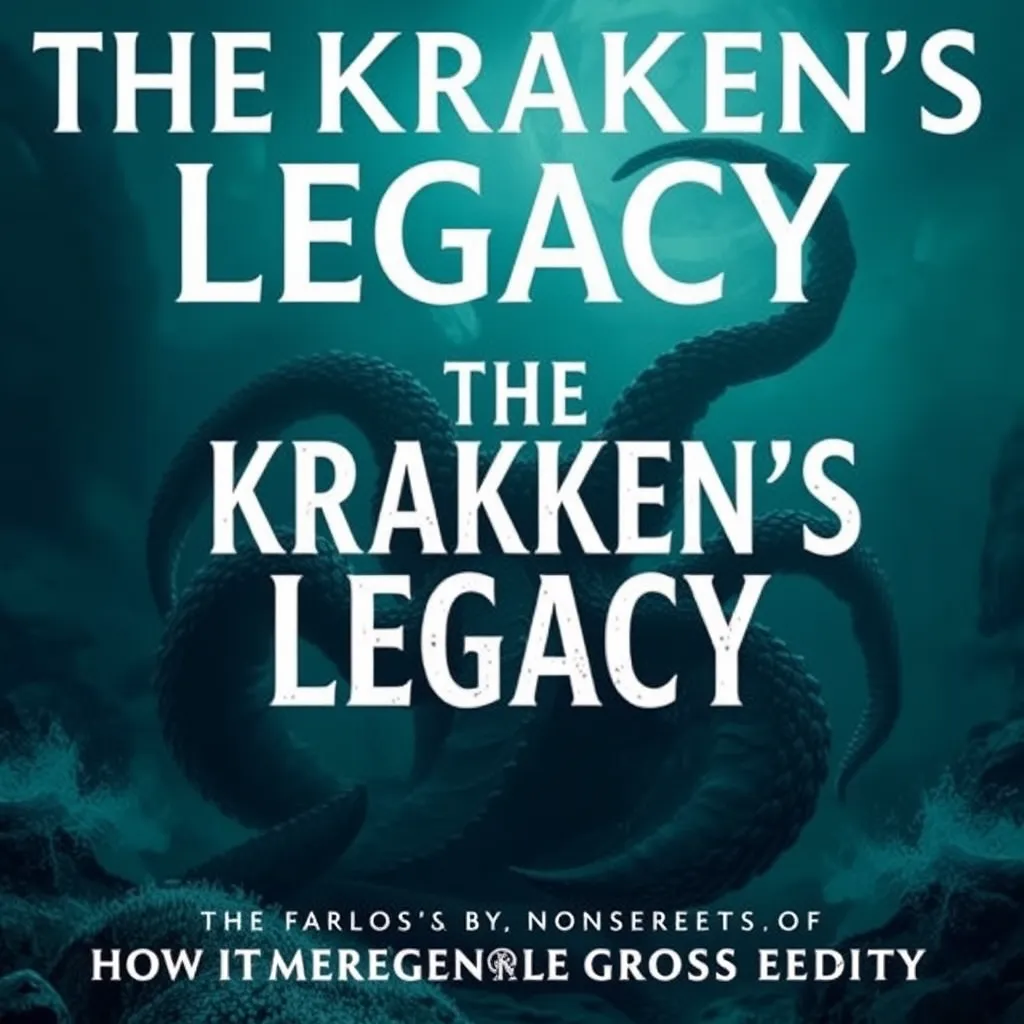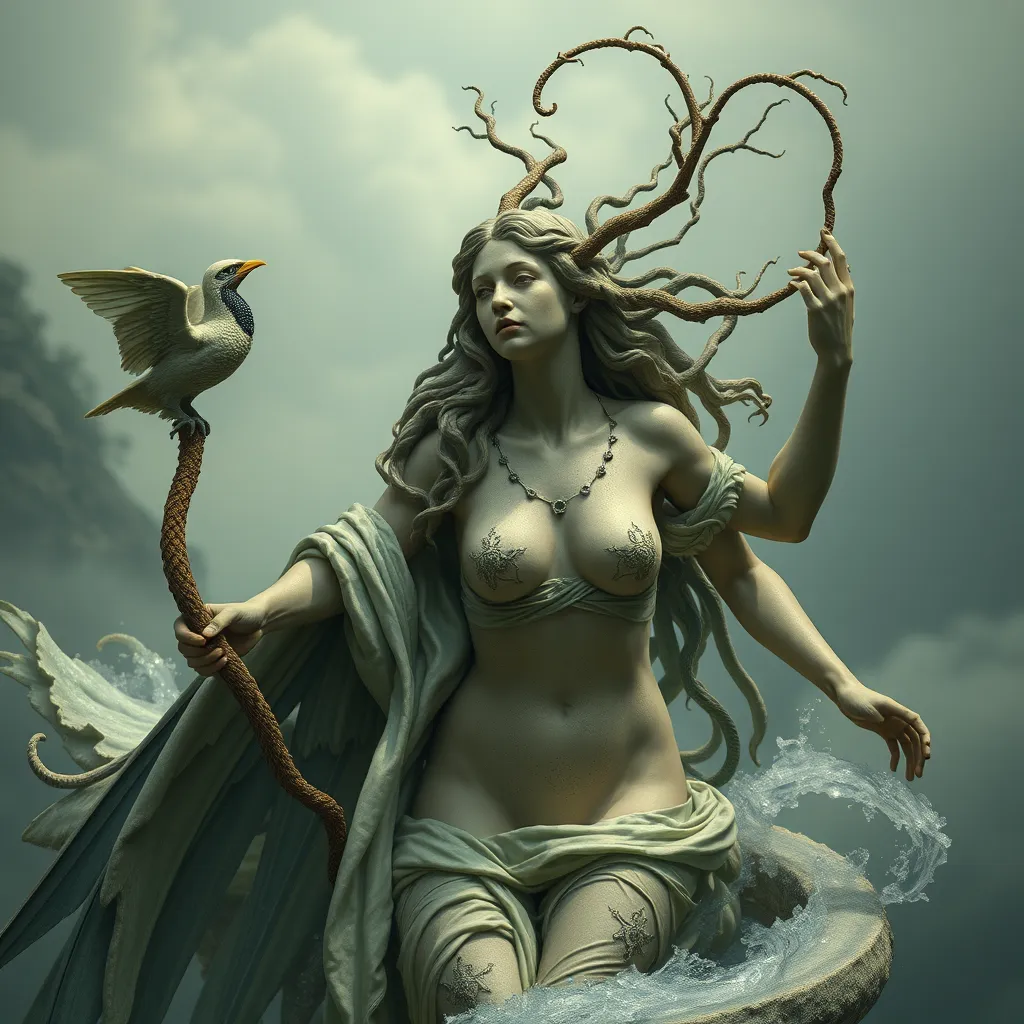Echidna’s Legacy: How the Serpent-Woman Shaped the Landscape of Greek Mythology
I. Introduction
Echidna, known as the “Mother of Monsters,” occupies a vital space in Greek mythology, often depicted as a fearsome creature with a human upper body and the lower body of a serpent. Her character is not merely that of a monstrous figure; she embodies chaos, femininity, and the complex relationship between humanity and the divine. This article aims to delve into the multifaceted influence Echidna has had on myth and culture, revealing her significance in the tapestry of Greek mythology.
II. The Origins of Echidna: A Mythical Figure
A. Parentage and birth of Echidna
Echidna is said to be the daughter of Phorcys and Ceto, primordial deities of the sea. Her lineage connects her to a host of mythical creatures, emphasizing her role as a bridge between the divine and monstrous realms.
B. Description of her physical attributes and symbolism
Typically described as having the upper body of a beautiful woman and the lower body of a serpent, Echidna symbolizes the duality of beauty and terror. This physical representation encapsulates the complexity of her character—she embodies both nurturing qualities as a mother and the primal instincts associated with serpentine creatures.
C. Echidna’s role within the pantheon of Greek deities
Within the pantheon, Echidna serves as a significant figure, not only as a progenitor of monsters but also as a representation of the chaotic forces that challenge the order established by the gods. Her existence underscores the balance between creation and destruction in the mythological narrative.
III. The Role of Echidna as the Mother of Monsters
A. Overview of Echidna’s offspring: notable monsters in Greek mythology
Echidna is credited with giving birth to some of the most infamous monsters in Greek mythology, including:
- The Nemean Lion
- The Lernaean Hydra
- The Chimera
- The Sphinx
- The Cerberus
B. The thematic significance of monsters in mythological stories
The monsters spawned by Echidna often serve as antagonists in heroic tales, representing the challenges that heroes must overcome. These creatures symbolize various fears, such as death, chaos, and the unknown, thus reflecting the anxieties of ancient Greek society.
C. How Echidna’s progeny reflect societal fears and values
The monsters of Echidna illustrate the values and fears of the Greeks, such as the fear of the unknown and the chaos that arises from it. Each monster tells a story of struggle against formidable forces, mirroring the human condition and the quest for order amidst chaos.
IV. Echidna’s Relationships with Other Mythological Figures
A. Partnership with Typhon: the embodiment of chaos
Echidna’s most notable relationship is with Typhon, a monstrous giant often considered the father of all monsters. Together, they represent the chaotic forces of nature, challenging the Olympian gods and instilling fear in the hearts of mortals.
B. The dynamic between Echidna and heroes in Greek myths
Heroes such as Heracles and Perseus often find themselves pitted against Echidna’s offspring, emphasizing her role as a formidable adversary. This dynamic showcases the hero’s journey, where overcoming the challenges posed by Echidna’s monsters is essential for achieving glory.
C. Exploration of her interactions with gods and goddesses
While Echidna may not interact directly with many gods, her influence is felt through her children. The gods often find themselves drawn into conflicts that arise from the threats posed by Echidna’s progeny, highlighting her indirect but significant role in the mythological landscape.
V. The Symbolism of the Serpent in Echoing Echidna’s Legacy
A. The serpent as a symbol of duality and transformation
The serpent, a core aspect of Echidna’s identity, is a powerful symbol in many cultures, representing duality—creation and destruction, life and death. In Greek mythology, it often signifies transformation, reflecting the cyclical nature of life.
B. How Echidna embodies the complexities of femininity and power
Echidna’s character explores the complexities of femininity, portraying a figure who is both nurturing and terrifying. This duality challenges traditional gender roles and highlights the multifaceted nature of female power in mythology.
C. The lasting impact of serpent symbolism in mythology and culture
The serpent’s symbolism extends beyond Greek mythology, influencing various cultures and narratives. The themes of transformation and duality continue to resonate in modern storytelling, showcasing the enduring legacy of figures like Echidna.
VI. Echidna’s Influence on Heroic Narratives
A. Analysis of key myths featuring Echidna and her monsters
In myths such as Heracles’ Twelve Labors, Echidna’s offspring present the ultimate challenges for heroes. Each encounter serves as a rite of passage, testing the hero’s strength, cunning, and resolve.
B. The role of Echidna as an antagonist in hero’s journeys
Echidna often embodies the antagonist archetype, representing the chaotic forces that heroes must confront. Her presence in these narratives amplifies the stakes, making the heroes’ triumphs more significant.
C. How her legacy shapes the understanding of heroism in mythology
The legacy of Echidna and her monsters shapes the narrative of heroism, where overcoming fearsome obstacles becomes a measure of valor. Her influence redefines heroism as a struggle against chaos, reflecting the human experience in the face of adversity.
VII. Modern Interpretations and Cultural References
A. Depictions of Echidna in contemporary literature and media
In recent years, Echidna has seen a resurgence in contemporary literature, films, and video games. She is often portrayed in a more nuanced light, reflecting changing societal attitudes towards female characters in mythology.
B. The resurgence of interest in female mythological figures
The modern fascination with female mythological figures has led to a reevaluation of characters like Echidna. Writers and creators are increasingly exploring the complexity of these figures, highlighting their agency and significance.
C. How modern interpretations reflect changing societal values
Modern interpretations of Echidna often challenge traditional narratives, emphasizing themes of empowerment and resilience. This evolution reflects broader societal changes, including the push for stronger female representation in media.
VIII. Conclusion
Echidna’s significance in Greek mythology cannot be overstated. As the Mother of Monsters, her legacy is woven into the fabric of heroic narratives and mythological exploration of chaos and order. Understanding her character offers valuable insights into the complexities of femininity, power, and the human experience.
Her enduring legacy in modern storytelling highlights the importance of revisiting mythological figures like Echidna, as they continue to resonate with contemporary audiences and reflect our evolving societal values.



